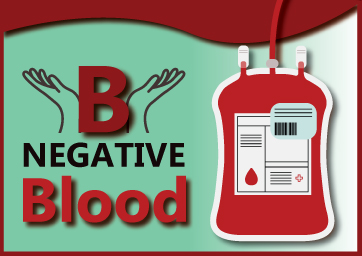For your information, negative blood types are comparatively rarer than positive types of blood. On the same page, B-negative blood type is one of the rarest blood types and second to AB negative. If the scarcity of b-negative blood types is considered, it is one of the hardest to collect. Therefore, always maintaining enough stock of this blood type is necessary. Only 1 in 67 individuals has a B-negative blood type, calculated at around 1.5% of the population. However, not all ethnic groups share the same B-negative blood type proportions. This blood type is present only in 2% of Caucasians, 1% of Hispanics, 1% of African Americans, and 0.4% of Asians.
What Blood Type is Most Caucasian?
O+ blood type is the most Caucasian, with 37% of the US population. While AB- blood type is the least caucasian, with only 1% of the US population. The blood type in question, B- is the second least caucasian, sharing only 2% of the US population. So this is a little overview of blood type availability of ethnic group caucasian.
What Blood Type are Native American?
O blood group individuals are native Americans and majorly O+ blood group ones with a huge share of 53% of the US population. In contrast, B+ blood type individuals, with just 9% of the population, land last on the list.



 Contact Us
Contact Us







 Hospitals
Hospitals
 Doctors
Doctors
 Diagnostic
Diagnostic
 Pharmacy
Pharmacy
 Health Tips
Health Tips
 Blog
Blog


























Comments